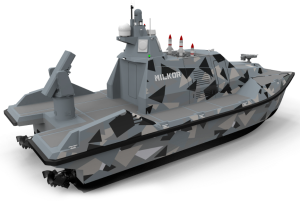Port And Terminal Safety: A Comprehensive Guide For Managers

Ports and terminals are critical components of the global supply chain, handling the movement of goods and cargo worldwide. However, these facilities can also pose significant safety risks to personnel, cargo, and the environment. As a port or terminal manager, it’s essential to prioritize safety and implement effective safety measures to minimize risks. This article will provide a comprehensive guide for managers on port and terminal safety.
Safety culture:
Developing a safety culture within the facility is crucial to effective port and terminal safety. This involves creating a work environment where safety is a top priority and all personnel is trained to identify and report potential hazards. Managers should encourage personnel to actively identify and address safety issues and provide ongoing training and education on safety procedures.
Equipment and infrastructure maintenance:
Regular inspections and maintenance of equipment and infrastructure are critical to effective port and terminal safety. This includes checking for signs of wear and tear, replacing faulty equipment, and ensuring that all safety features are in working order. Managers should also develop preventive maintenance programs that include regular inspections and repairs.
Emergency response planning:
Even with the best preventive measures in place, emergencies can still occur. That’s why it’s essential to have a comprehensive emergency response plan in place. The plan should outline procedures for responding to various emergencies, including natural disasters, accidents, and security incidents. All personnel should be trained on the emergency response plan and know their roles and responsibilities.
Environmental protection:
Ports and terminals significantly impact the environment, and adequate safety measures include protecting the environment from potential risks. This includes complying with environmental regulations, properly disposing of hazardous materials, and implementing strategies to prevent oil spills and other environmental disasters.
Effective port and terminal safety is critical to the success of the global supply chain. By conducting a comprehensive risk assessment, developing a safety culture, implementing equipment and infrastructure maintenance programs, developing emergency response plans, protecting the environment, and continuously improving their strategies, port and terminal managers can prioritize safety and ensure the well-being of personnel, cargo, and the environment. By adopting a proactive approach to port and terminal safety, managers can create a safer work environment and ensure their facilities’ success.




